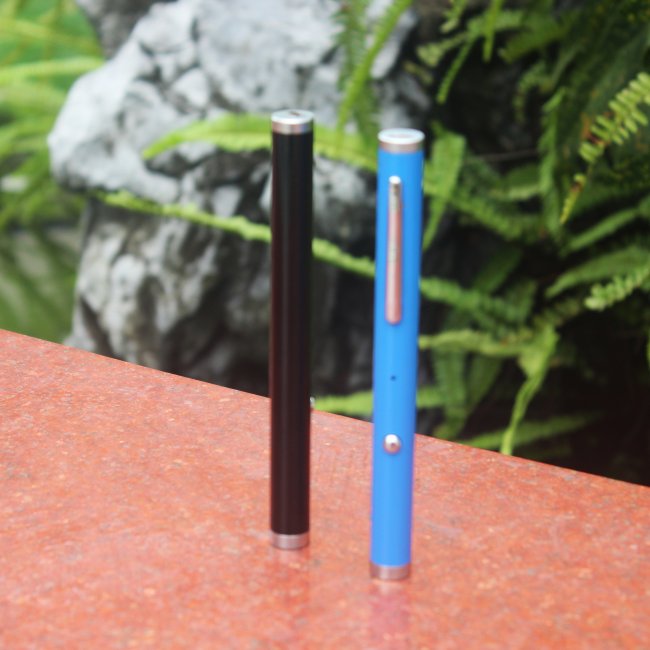The simplest pointer on the market is the red high power laser pointer. These are solid state lasers, basically a laser diode. Laser diodes emit light differently from LEDs. A laser diode has a chip in which red light is generated. Very similar to LED, but with a laser diode, the chip has a polished surface that can reflect light back and forth. The laser output is very widespread, so the collimating lens must make the laser beam straight.
Other lasers, such as green lasers, use 808nm deep red laser diodes as light sources. The output power of this diode is usually 200mW to several watts. The 808nm wavelength is focused into the YAG crystal, or the crystal is installed very close to the diode laser.
The crystal absorbs this 808nm wavelength and emits 1064nm. However, the crystal will produce harmonic distortion-2. The second harmonic is half the wavelength of 1064nm (twice the frequency), and then 532nm is reflected back and forth inside the crystal and escapes as a clean green green laser beam.
This green laser beam also needs to be collimated, but the beam at the output end is very narrow, so a beam expander is required. The expander consists of a tiny concave lens close to the crystal, which spreads the laser light and expands it from a laser beam about the width of a hair to a beam about 2 mm wide. Next is the collimating lens, which can finally produce a beautiful and straight beam.
The price of the first green laser pointer I bought was US$379-quite expensive, but blue laser pointer has an advanced internal optical system, which may be the cause of the high cost. Today’s pointers cost tens of dollars on htpow.com, but have simpler optics.
